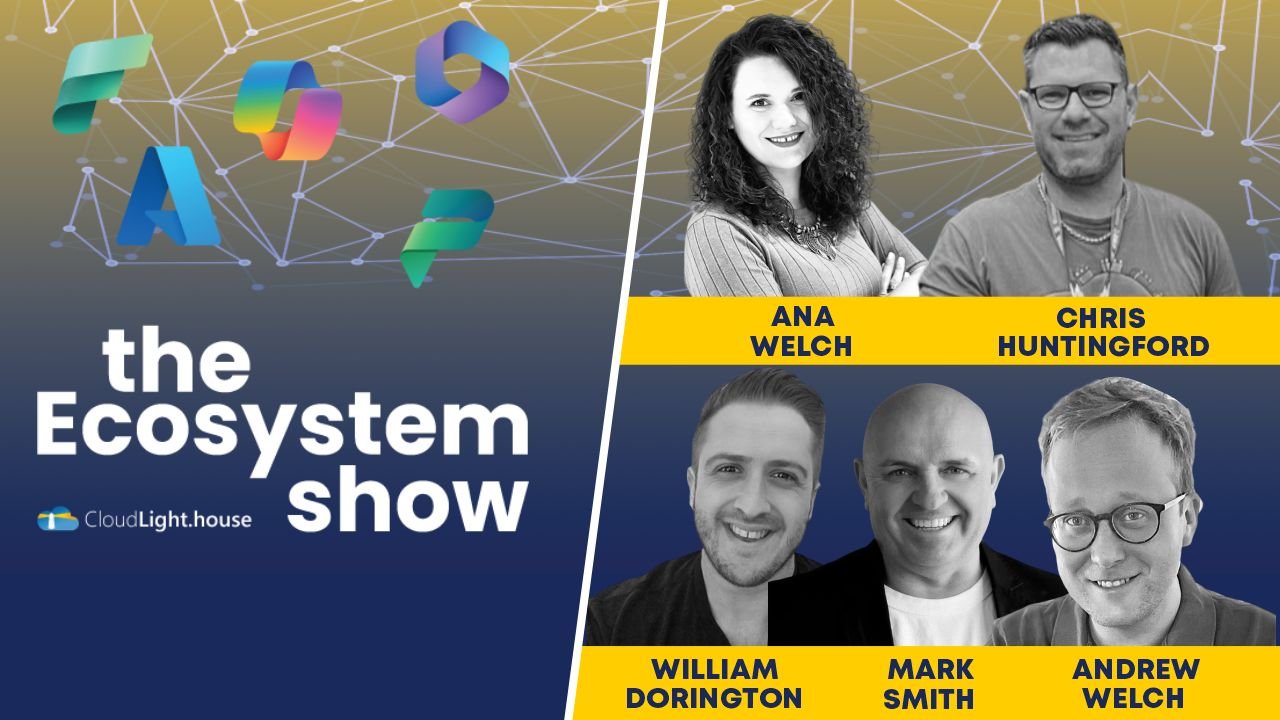
Is AI on the radar for people and orgs outside the tech industry?
Every organization on the planet ought to be thinking through its game plan for AI. But is AI on the radar of people and organizations outside the tech industry? Many have tried a proof of concept, but many have not progressed beyond that. How do we uncover scenarios where AI can really help an organization?

Why Power Platform is essential to your modern data platform
It’s very difficult to build a data platform today that reaches its full potential without also building Power Platform into that data platform. Power Platform’s greatest value lies not in the app, but in the data the app collects or serves back to its users. Power Platform isn’t an app phenomenon. It’s a data phenomenon. Apps are only so useful if you’re not able to use them with your organization’s data. Andrew’s new Microsoft white paper articulates so clearly—from simple to advanced—the five patterns of data integration between Power Platform and a modern data platform backed by Azure data services and Microsoft Fabric.

We’re answering great listener questions on the Ecosystems Show!
Ana’s and Andrew’s two-year-old prefers Ms. Rachel to the Ecosystems Show, but we’re pressing on this week answering questions that we didn’t have time to get to during our recent live panel show at the DynamicsMinds conference. How important is Copilot in the cloud ecosystem? How do you define the boundaries of an ecosystem? Is it vendor-specific? What do we need to do to be ready for AI? Where’s the best place to start with tooling and techniques needed to build an ecosystem? More!

Surveying the landscape: Ecosystem Show in-person at DynamicsMinds 🇸🇮
The Ecosystem Show comes out swinging against Ryanair, and then talks tech for this special in-person recording at DynamicsMinds 2024 in Portoroz, Slovenia 🇸🇮! Join us as we survey the Microsoft cloud technology landscape with reflections from this great conference, talking ecosystem architecture, the modern data platform, AI agents, and other announcements from Microsoft Build.

Is the IT project dead? How can partners and customers adapt?
Is the age of IT partners implementing software via the venerable “IT project” over? As our tech moves faster, is the tyranny of the deliverable making traditional IT projects more and more obsolete? Many consultancies are out there trying to deliver technology using a 30-year-old “project-based” model, just as many customers are still accepting (or even seeking!) this fundamentally outdated way of doing business.
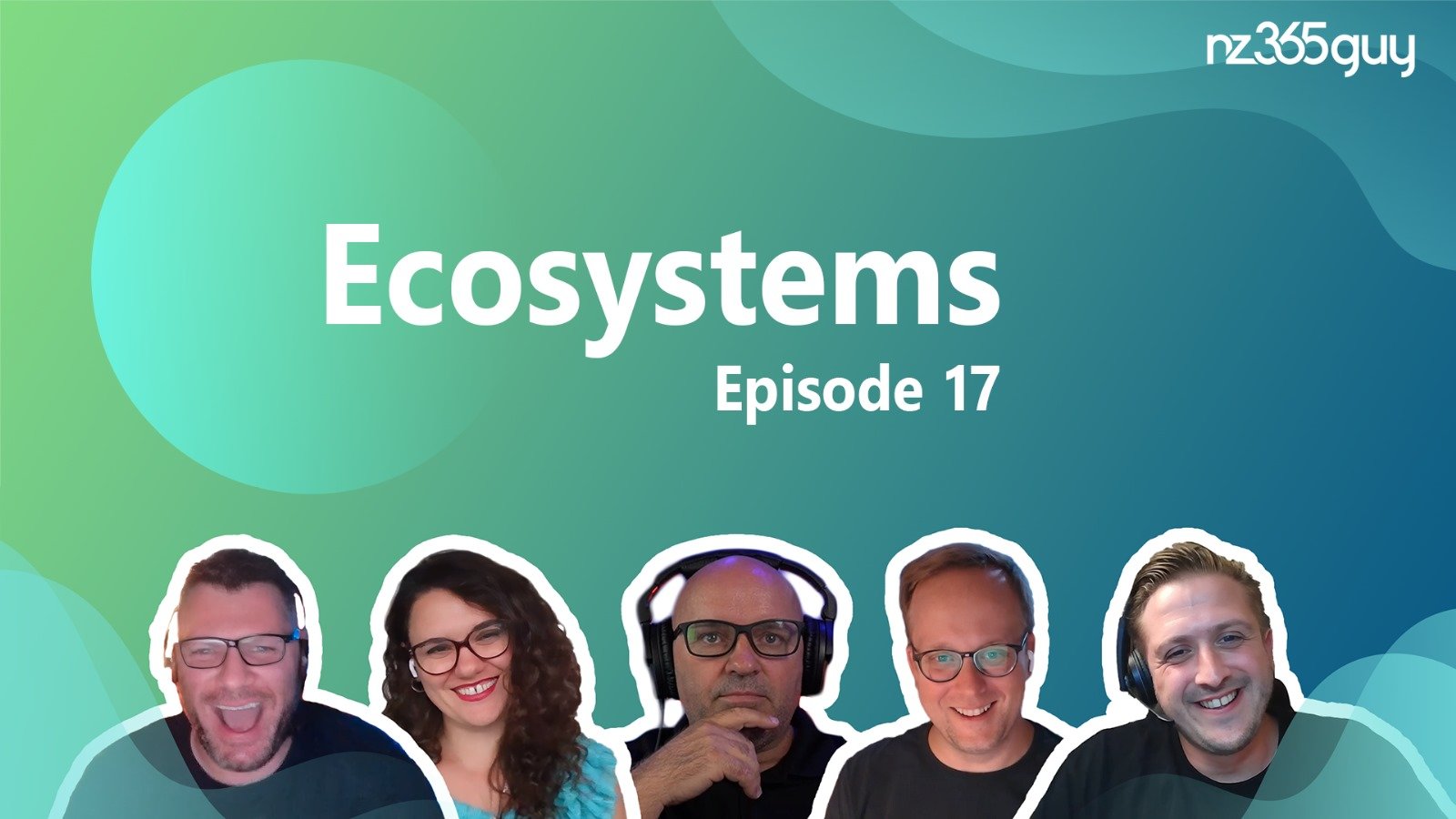
How does the Cloud evolve in different populations and cultures?
Is cloud technology generally and the Microsoft Cloud specifically evolving differently in economies with different populations? The world is much bigger (or smaller?) than the United States and Europe, so what does that mean for technology? How does geographic and population variation—and different dynamics in business culture—impact cloud ecosystems around the world?
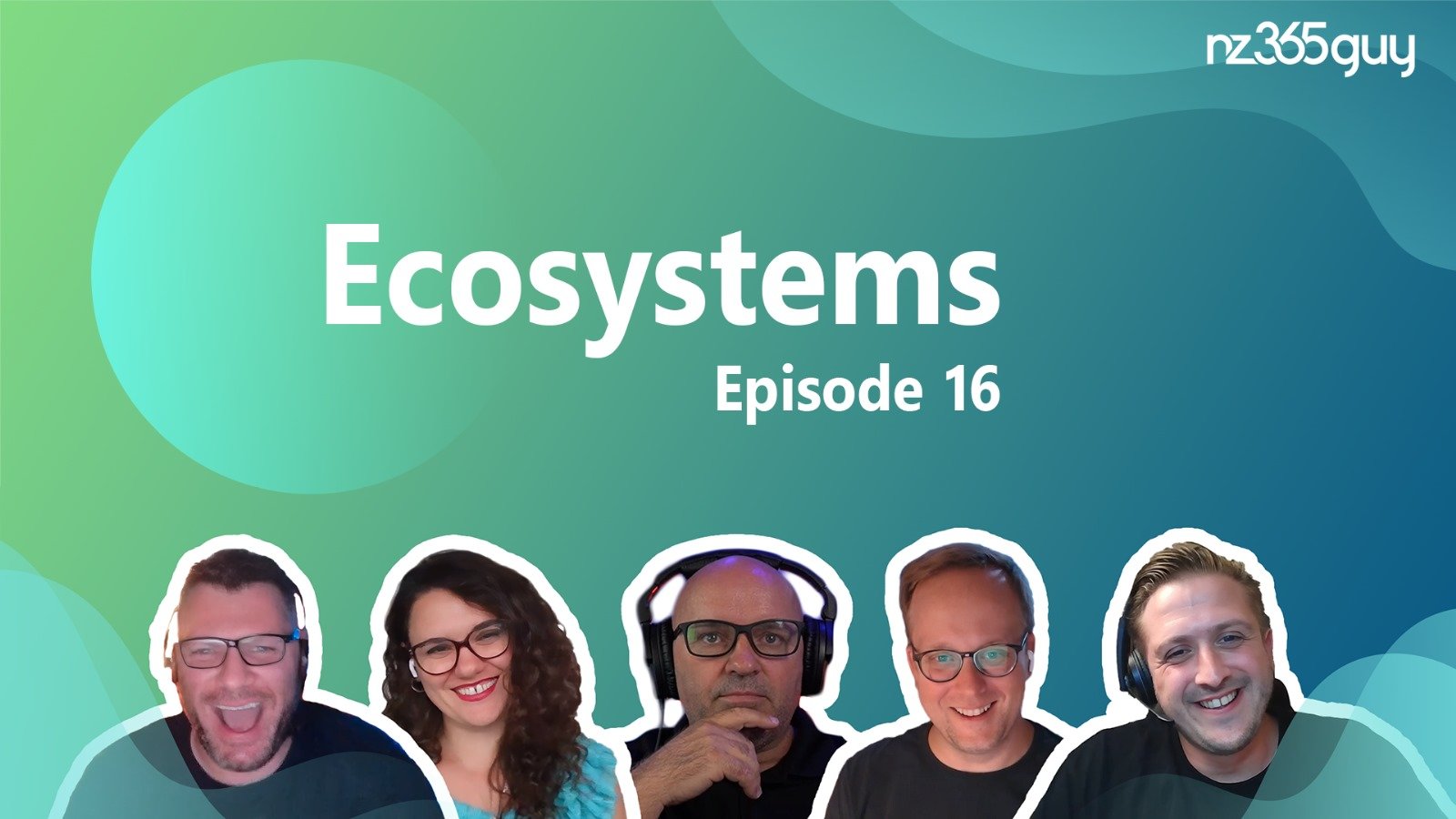
Why don’t more orgs build “anchor apps” with Power Platform + Azure?
Join Mark Smith, Andrew Welch, and Will Dorrington as they take on “anchor apps”, the essential large-scale applications crucial for organizational operations, known in ecosystem-oriented architecture as “core business systems”. These apps or “workloads” are significant, particularly compared to the many, smaller apps that are bought off the shelf or developed using tools like Microsoft Power Platform. The hosts share several of their favorite examples encountered over their time working with Power Platform across sectors and geographies, including anchor apps responsible for transportation logistics, evidence collection in law enforcement, and in military operations. Despite their importance, there’s a noted lack of recognition for anchor apps developed on platforms like Power Platform or Azure, often amidst a fragmented tech landscape that leads to underutilized premium licenses. The conversation underscores the need to better recognize and leverage anchor apps to showcase the strengths and return the big value of low-code platforms.
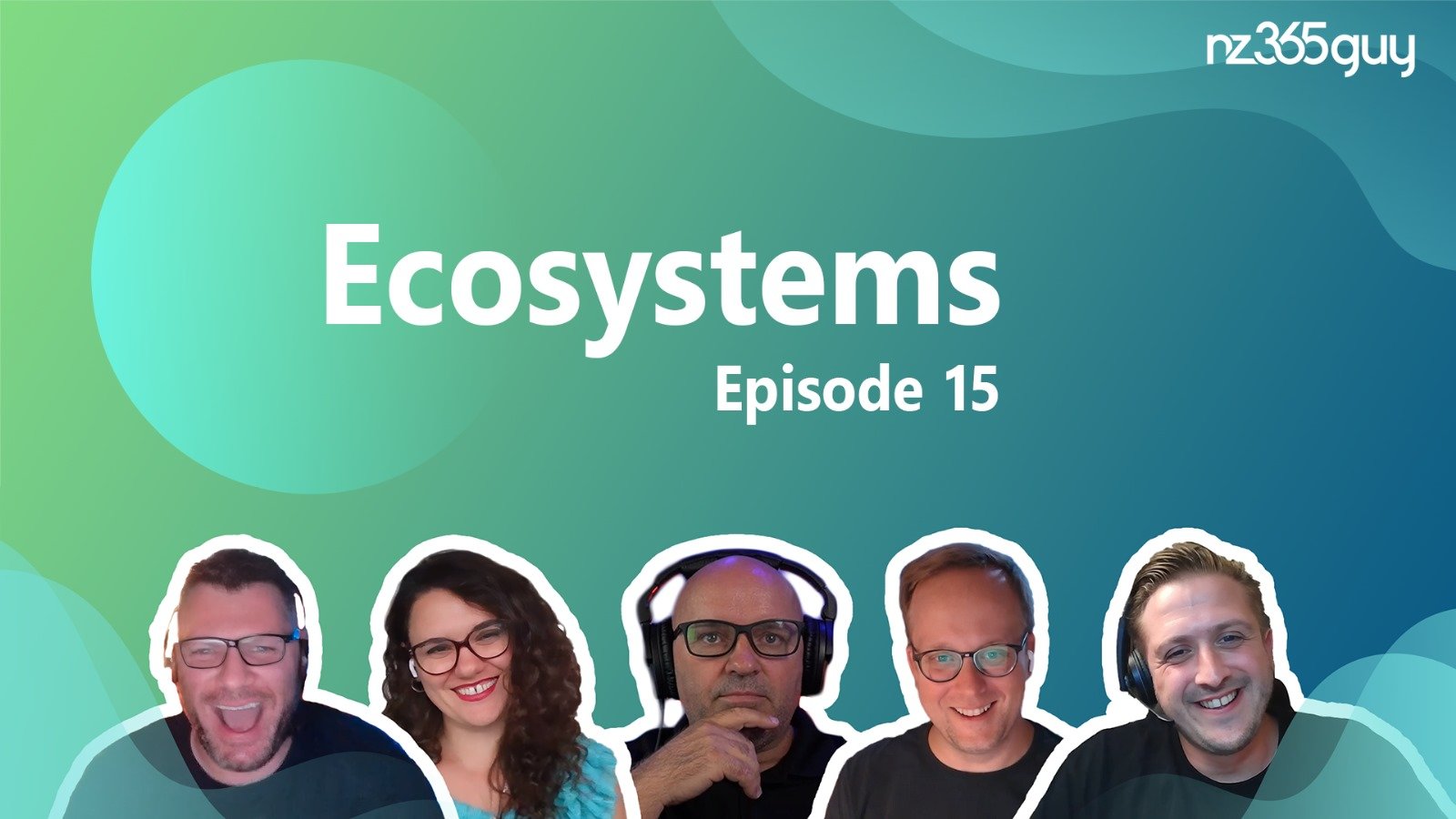
Our AI fears: Murderous toasters or mass societal displacement?
Between the imagined threat of murderous toasters, the next horizon of artificial general intelligence (AGI), and deep, straight talk about the societal displacement that AI might wrought, this is by far the most reflective and philosophical Ecosystems podcast yet. It's likely true that AI will, in the end, create far more jobs than it takes, but what is true at a macro-level can be absolutely life-destroying at an individual or community level. Are we ready? Is society ready for the displacement of the next big industrial revolution? Are we ready to leave that which is comfortable in search of more fish? Are our governments ready? Will we recognize the innate dignity in those who don't win this particular round of fabulous technological achievement?

Is enterprise architecture fit for purpose in the cloud ecosystem?
Join us Mark, Andrew, Ana, and Chris as they explore the roles of solution architects and enterprise architects in the cloud landscape. We delve into the difference between the two roles and the challenges faced by enterprise architects in assembling technology across different product families. The discussion also touches on the concept of being technology agnostic (or not) and the importance of educating enterprise architects. The conversation highlights the need for Microsoft to provide more targeted content and frameworks for enterprise architects, particularly in the Power Platform and Azure ecosystems.
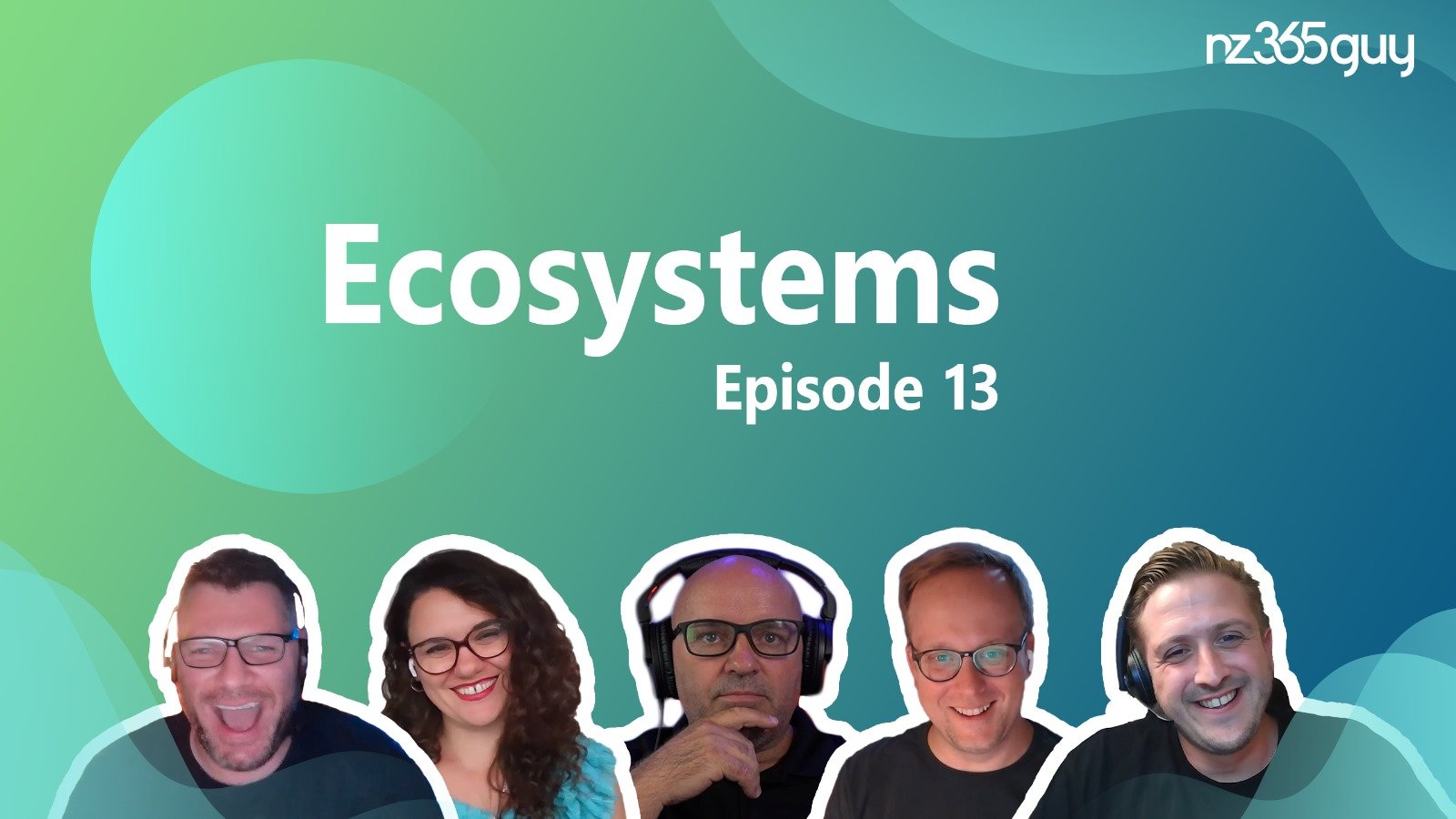
Why don’t more engineers embrace Power Platform as enterprise-grade?
Did the original positioning of Power Platform as a “low-code” or “citizen developer” tool do a massive disservice to the enterprise nature of the Power Platform itself? Are big organizations that have signed Power Platform into enterprise agreements with Microsoft looking at downsizing their investment because they don’t understand—and have not put to work—the Power Platform’s capability as an enterprise-scale application and data platform? So, why aren’t more engineers, architects, and IT leaders maximizing it as the enterprise platform that it really is?
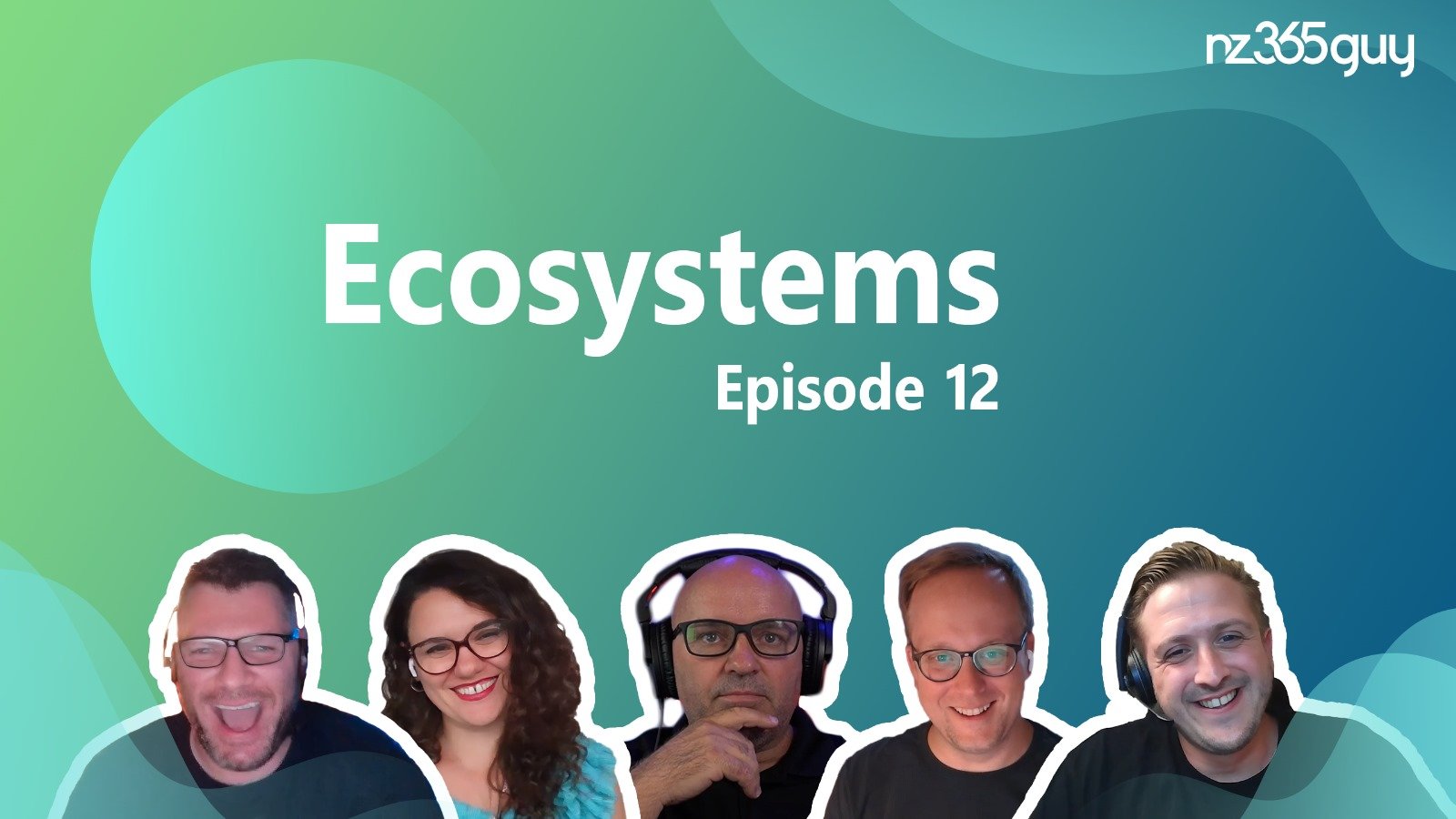
Moving IT from “utility company” to “strategic leaders of the business”…
Do innovative technologies need to move out of IT in order to thrive, or do we need to move governance and security out of IT and into facilities management as our “workplaces” have become increasingly tech-centric? There is a difference between achieving an acceptable level of security and governance vs. having a forward-looking strategy that is going to grow the business, return investment to the business, modernize the business, or make the business more productive.
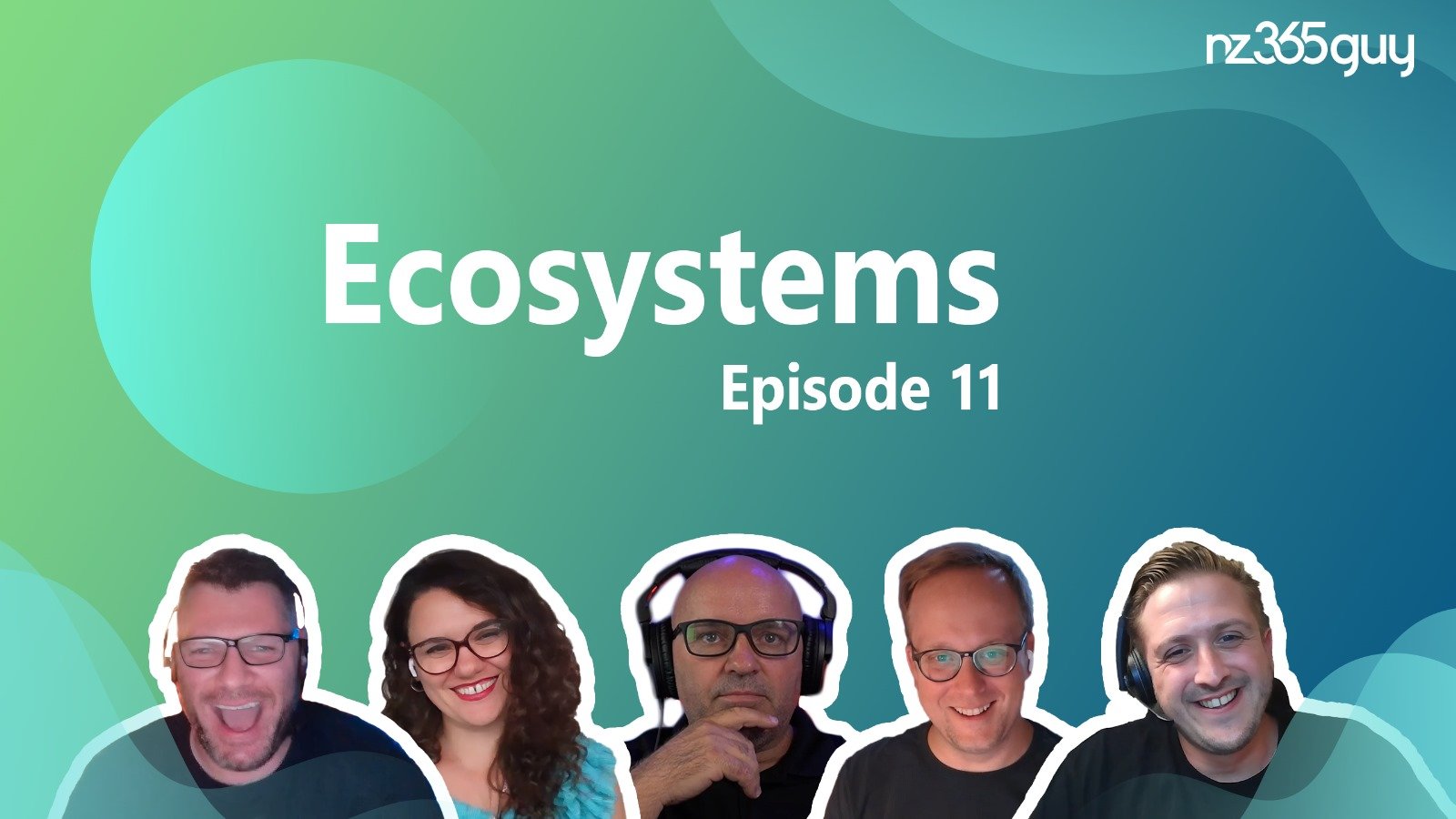
How to build and execute a cloud roadmap, and then connect the dots?
How do I build and execute a roadmap and strategy? Not a high-level business strategy that organizations typically receive, but one that actually bridges the gap between business outcome and business value that can be achieved in the cloud. How do I execute this plan, and what are the dots to connect in achieving these outcomes? Why are more organizations not doing so? The Ecosystems Podcast welcomes James Joyce, our first (but not last) ever guest.
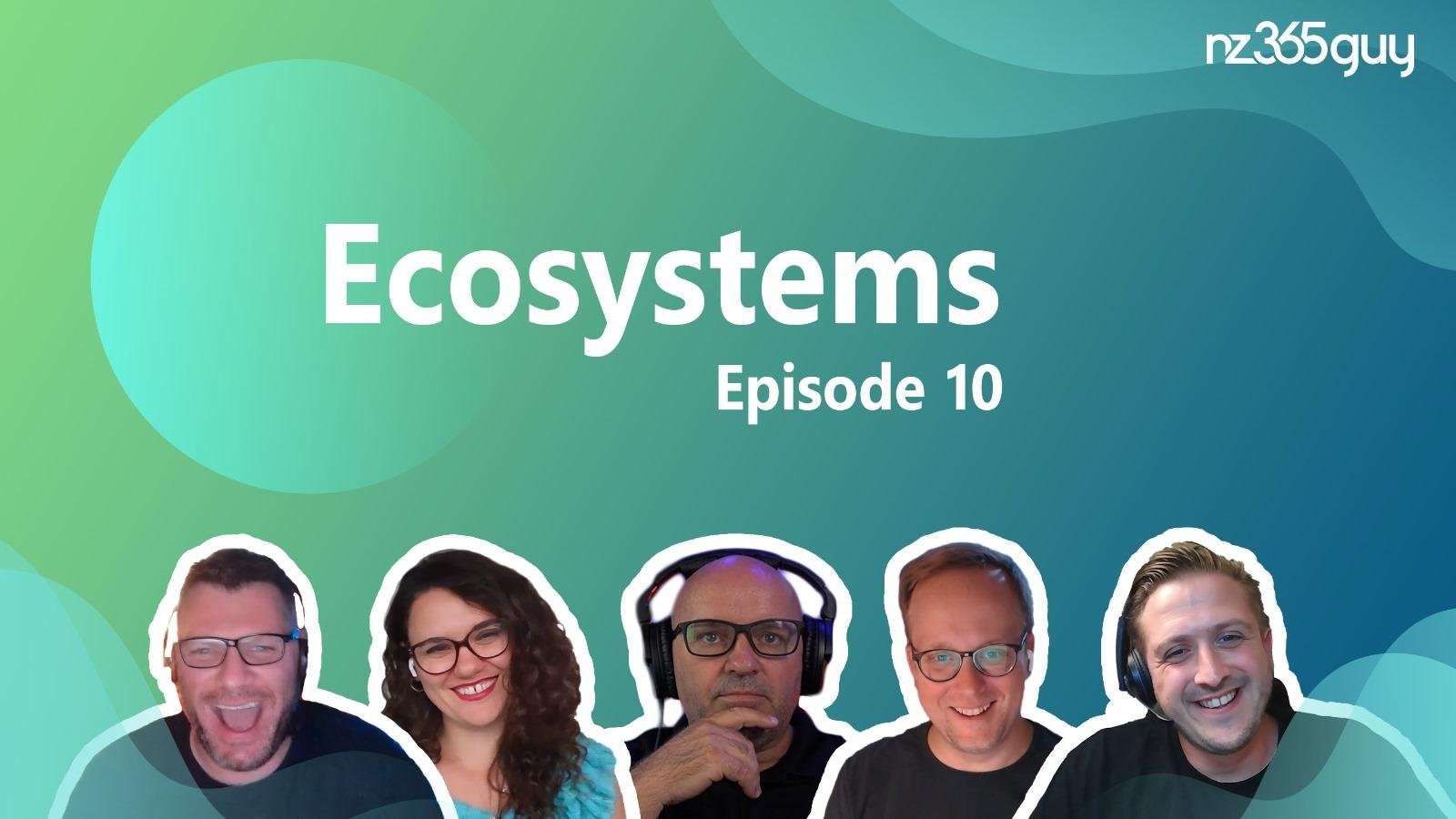
Foundations, investment trends, and how CXOs can lead in the age of AI
How do you have AI conversations with CTOs, CIOs, CDOs, and others in technical or business leadership roles? What do I need to be thinking about for my organization, particularly while “every man and his dog” are publishing their own AI content? It’s overwhelming right now.
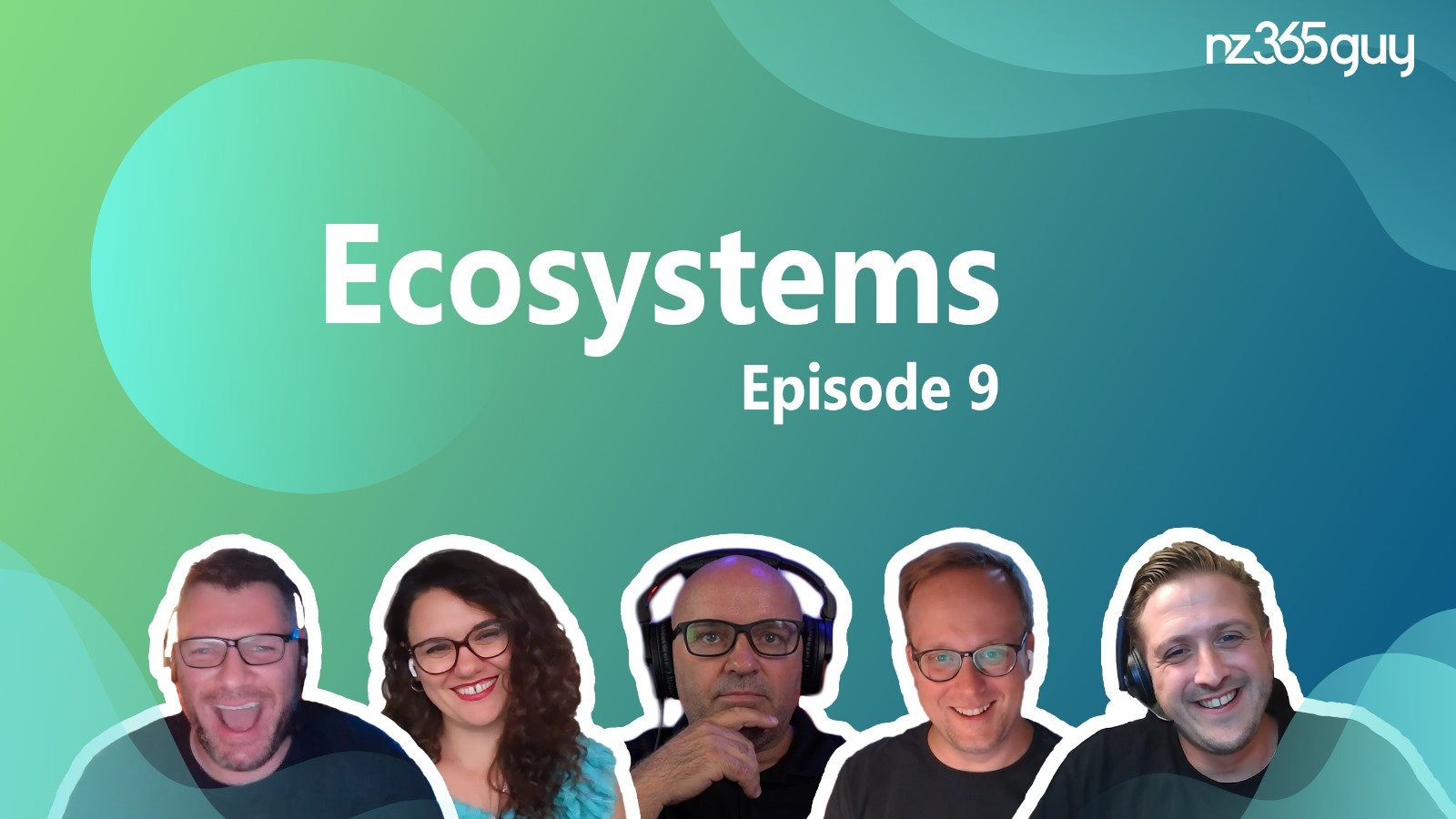
The road ahead for organizations pursuing their strategic AI aspirations
Organizations have a lot of work to do in pursuing their AI aspirations in a strategic way, and importantly, to correct some of the mistakes they’ve made kicking the (data) can down the road for the last thirty years. This episode dives into the five pillars set out in the recent Microsoft + Cloud Lighthouse white paper, Crafting your Future-Ready Enterprise AI Strategy, as we help organizations become “future ready” for the AI we understand today and the AI capabilities that are coming in the very near future. The hosts discuss the preparation for artificial intelligence in 2024. They highlight the importance of data consolidation, governance, and the use of AI tools for quick wins. The conversation also touches on the practical applications of AI in daily life and the need for AI to be infused into all aspects of work. The hosts explore the excitement and optimization potential of AI, as well as the legal and ethical considerations surrounding its use. They discuss the challenges of demonstrating AI reasoning and the balance between AI advancements and regulations.
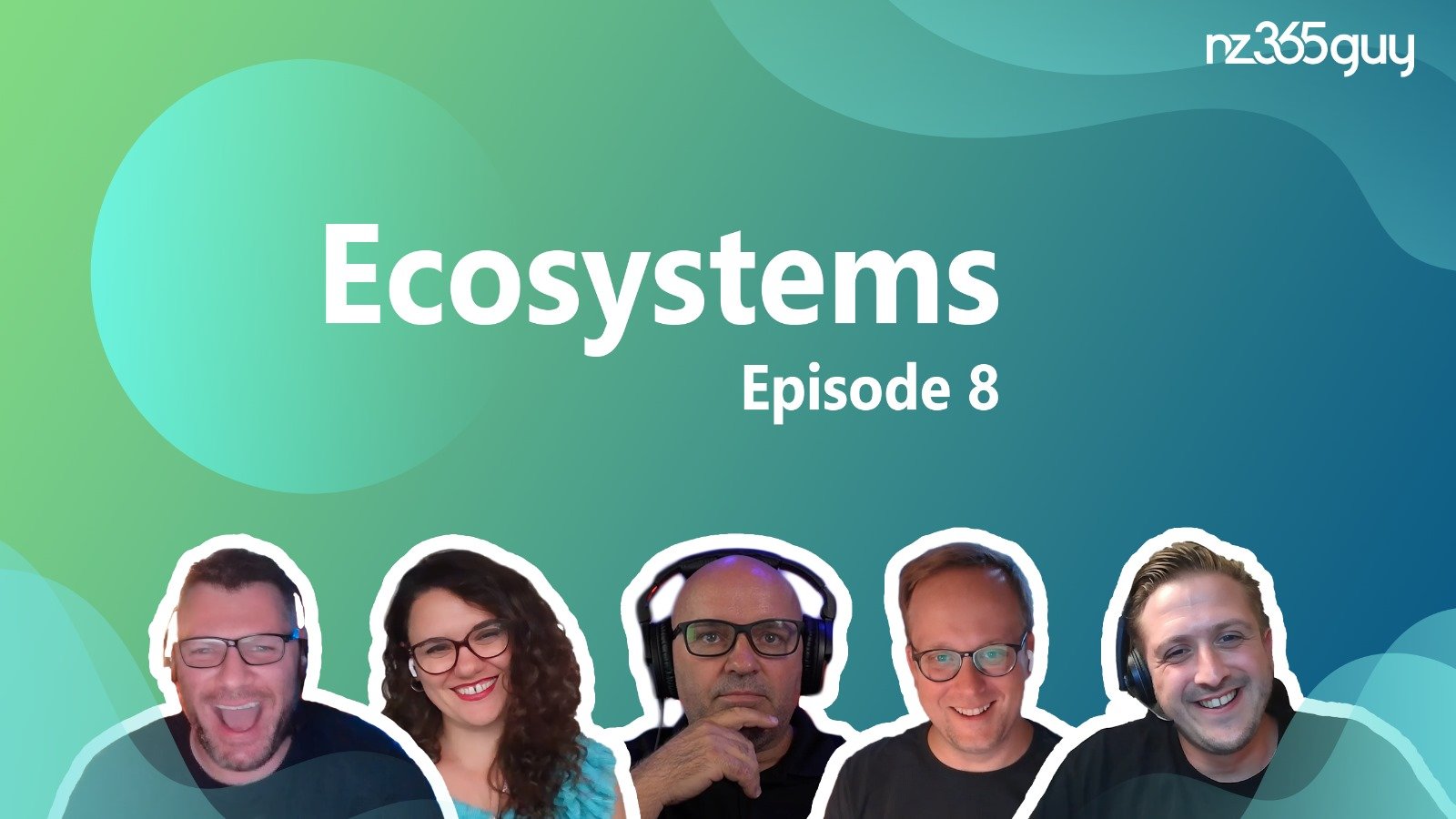
Diving in on “Crafting your Future-Ready Enterprise AI Strategy”
The Ecosystems podcast starts 2024 with a big announcement and a discussion of Andrew’s new Cloud Lighthouse + Microsoft white paper, Crafting your Future-Ready Enterprise AI Strategy. The paper addresses the need for organizations to take a strategic approach to implementing artificial intelligence (AI) and highlights the importance of data readiness. We emphasize the distinction between incremental AI, which brings efficiency to existing tasks, and differential AI, which represents groundbreaking advancements. The white paper also discusses the role of low code in scaling AI and the need for consistency in data access and rights, so we dig into that a bit in this episode. The conversation concludes with appreciation for the valuable insights provided in the white paper.

Technology considerations when scaling AI across an organization
Join me—Andrew Welch—with HSO’s "Dynamics Matters” podcast host Michael Lonnon for part five of our AI strategy miniseries as we return to the centrality of data in this episode, talking Microsoft Fabric and the future roadmap for Microsoft’s data + AI technologies, the importance of ecosystem-oriented architecture (EOA) to scaling artificial intelligence, the need for organizations to change how they budget technology initiatives, and how to organize an IT team for the age of AI as the IT Tower of Babel rears its ugly head once again.
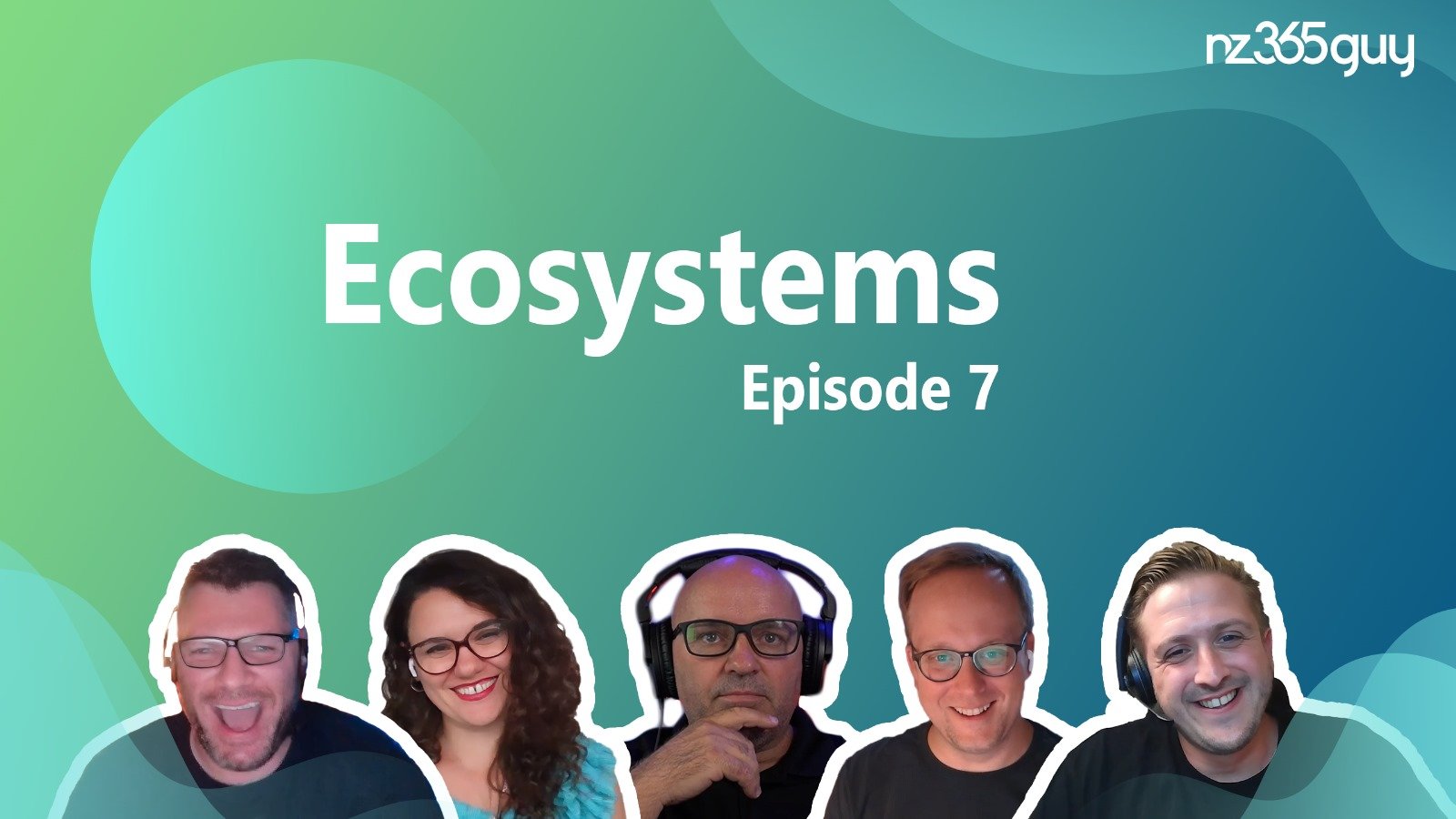
Christmas gifts from Microsoft (and one from a listener!)
Complete with twinkling lights, baubles, questionable sweaters, gnomes, and patriotic Christmas stockings: Mark, Andrew, Ana, and Chris celebrate the holidays and the year’s last episode of the Ecosystems podcast. Together we explore AI's practical business applications, our takes on the recent chaos at Open AI, and our thoughts on a great listener question. Microsoft Ignite is just weeks behind us, so we close out the year sharing our favorite Christmas gifts from Microsoft, new or now generally available tech that has us really excited.

Human and organizational considerations in “Scaling AI”
In time, most organizations will turn their attention from future readiness and establishing themselves with AI to focus instead on scaling (and sustaining) their investment in AI and the data platform upon which it depends. Put another way, one-time consolidation and readiness of data combined with a few AI-driven workloads does not a future-ready organization make. You see, there are non-technical organizational and human considerations that should be taken as you scale AI across the organization. This significant element of people-centric scaling and change management is required here, in other words, to scale AI by baking it into the way people work.

Data is central to ecosystems!
Chris, Ana, Mark, Andrew, and Will take on the crucial role of data in technology and business strategies, and in building cloud ecosystems that reflect those strategies. We’re seeing a bit transition in technology where data ought to be prioritized over individual applications within an ecosystem... but many organizations, their technology partners, and individual technology practitioners have been slow to adjust their thinking to this paradigm. They critique common practices in organizations where data is often neglected, leading to inefficiencies and missed opportunities. The episode highlights the need for a data-centric approach in technology development and organizational planning, underscoring the value of data quality, integration, and management.

Differential (Aspirational) AI
We’re on to what I think popular culture would consider the “fun” bit, or at least the bit that dominates the imagination when it comes to artificial intelligence’s supposedly boundless possibilities. Whereas Incremental AI includes the scenarios that improve upon solo human performance of activities that would have been performed anyway, “Differential AI” broadly encapsulates workloads that would not have likely been performed by humans alone, scenarios that are valuable to the organization because they allow you to jump out ahead of your competition, to offer your customers something that you’d not have otherwise been able to provide. I toyed with the idea of calling this “Secret Sauce AI” or “Moonshot AI” to underscore the point.

